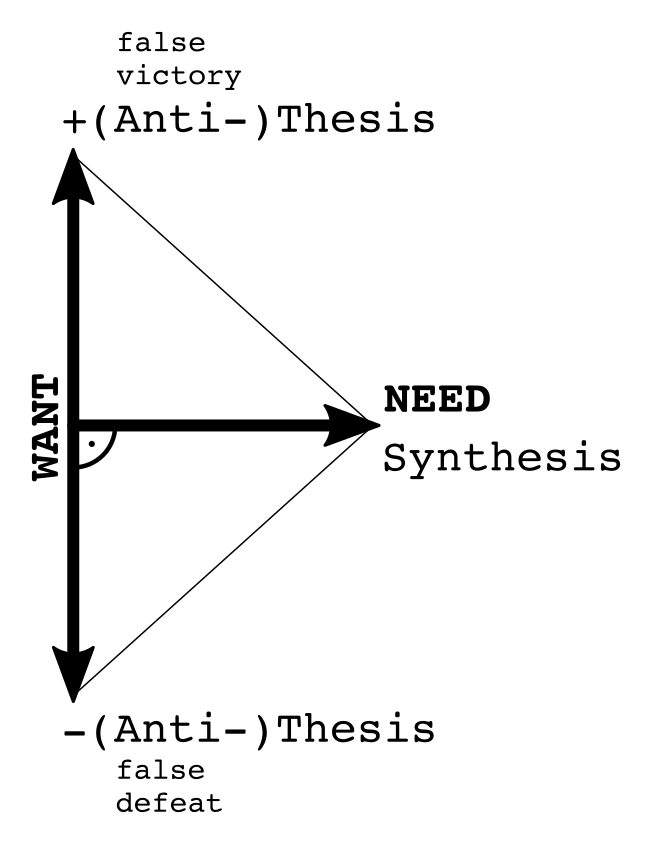Continues Finding crisis (Structure part 2).
One relationship in which contrast is applied is the one between the crisis and the ultimate story end. Whether it is a good or a bad ending, the crisis must be the opposite. A story that ends positively contains a crisis, and in the same way, a story with a negative ending has a state of ecstasy at the end of act 2.
Attempting to do the alternative would lead to a badly-told story. Continue reading Finding contrast (Structure part 3)
